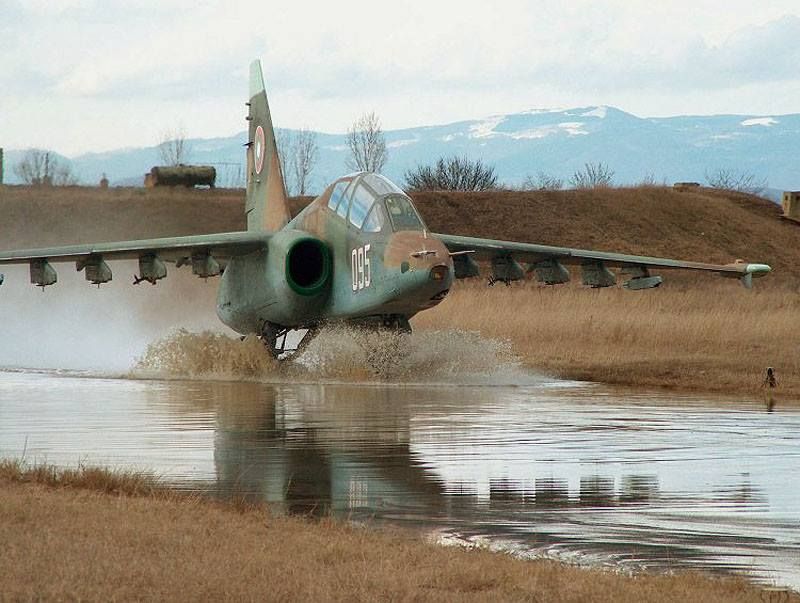You are using an out of date browser. It may not display this or other websites correctly.
You should upgrade or use an alternative browser.
You should upgrade or use an alternative browser.
Cool pic of an SU-25 landing or taking off from a flooded road...
- Thread starter bunk22
- Start date
ChasenSFO
hen teaser
In Mother Russia...performance charts are for sissies!
Well...that wasn't sketchy as all hell. UTair is a scheduled pax airline over there.
Stone Cold
Well-Known Member
And they have an OUTSTANDING safety record...Well...that wasn't sketchy as all hell. UTair is a scheduled pax airline over there.
 in case you need the tag.
in case you need the tag.JustinS
Well-Known Member
Well...that wasn't sketchy as all hell. UTair is a scheduled pax airline over there.
scooter2525
Very well Member
No. You didn't.I like it!
crazyjaydawg
Well-Known Member
In Mother Russia...performance charts are for sissies!
"We're gonna have to call dispatch and get new numbers, I don't know what the ACARS code is for muddy runway."
DrunkenWoodpecker
Well-Known Member
Out of curiously, I briefly looked though An24 POH, it appears that it’s approved for dirt airstrips; POH contains performance data for dirt surfaces and even has recommendation how to perform takeoff from wet dirt surface, recommendations when to abort takeoff, etc. I would cautiously suggest that the above video is within POH limitations for that airplane.
PositionAndHold
Well-Known Member
Yeah.......I think "wet dirt" isn't the same as 8-12 inches of standing water. Does the POH reference standing water any where?Out of curiously, I briefly looked though An24 POH, it appears that it’s approved for dirt airstrips; POH contains performance data for dirt surfaces and even has recommendation how to perform takeoff from wet dirt surface, recommendations when to abort takeoff, etc. I would cautiously suggest that the above video is within POH limitations for that airplane.
DrunkenWoodpecker
Well-Known Member
Well, the term they use could be translated either as wet or flooded soil, like the one you get after a week of heavy rains or so. they do not discuss how deep the water on the runway can be... the only strict limitation which POH has is the surface load limit (around 6kg/cm2 which is around 90 psi) and that airspeed of 150 km/h is achieved 500m prior to the end of the runway
RRPower
Well-Known Member
In Mother Russia...performance charts are for sissies!
And we wonder why there are so many plane crashes over there. Three things came to mind:
1) He barely made it off the runway because of that crap
2) Can anyone say engine failure due to mud ingestion
3) The tail had tons on mud on it...not very kosher for an aerodynamic section of the plane.
CFI A&P
Exploring the world one toilet at a time.
And we wonder why there are so many plane crashes over there. Three things came to mind:
1) He barely made it off the runway because of that crap
2) Can anyone say engine failure due to mud ingestion
3) The tail had tons on mud on it...not very kosher for an aerodynamic section of the plane.
Not to mention the damage to the propellers. Water erosion is a concern for seaplanes, I'm sure dirt/ mud isn't any easier on the leading edges of those blades.
Patrick
Well-Known Member
Not to mention the damage to the propellers. Water erosion is a concern for seaplanes, I'm sure dirt/ mud isn't any easier on the leading edges of those blades.
I'm sure it's MUCH worse than just water. Essentially, you're seriously sandblasting the blades, and you know that some of the grit is going through the engines. Last I checked abrasive debris going through a gas turbine didn't exactly help reliability.
ppragman
No pasa nada.
Its ok, the ice vanes are open.I'm sure it's MUCH worse than just water. Essentially, you're seriously sandblasting the blades, and you know that some of the grit is going through the engines. Last I checked abrasive debris going through a gas turbine didn't exactly help reliability.
Patrick
Well-Known Member
Its ok, the ice vanes are open.
Ha!
jtrain609
Antisocial Monster
And we wonder why there are so many plane crashes over there. Three things came to mind:
1) He barely made it off the runway because of that crap
2) Can anyone say engine failure due to mud ingestion
3) The tail had tons on mud on it...not very kosher for an aerodynamic section of the plane.
Soviet engines don't fail.
I once saw a Soviet engine ingest Leonid Brezhnev. Not only did the dude come out the other end barking orders about destroying the pig dog capitalists, the engine ran BETTER after saving the life of the General Secretary.
Fencer
Experimentalist
Golden days of Cold War. When General Sectretary Brezhnev was at the helm a lot of fun was had with Soviet AirForce. We were young too. Almost every regiment Fencers included could quickly relocate to a dirt strip. Only once I was there but boy was it exciting. Mechanics cursed everybody and everything when planes came back to the caponirs. The OP picture appears to be a Georgian SU difficult to see the insignia but terrain is Middle Asia for sure.
A buddy of mine once told me they had to evacuate the whole garrison because of flood. Planes were at the highest ground with wheels completely under water. Barracks and logistics battalion equipment was completely destroyed. Siberia, by Chinese border, mid 90ies. Water receded.



A buddy of mine once told me they had to evacuate the whole garrison because of flood. Planes were at the highest ground with wheels completely under water. Barracks and logistics battalion equipment was completely destroyed. Siberia, by Chinese border, mid 90ies. Water receded.




